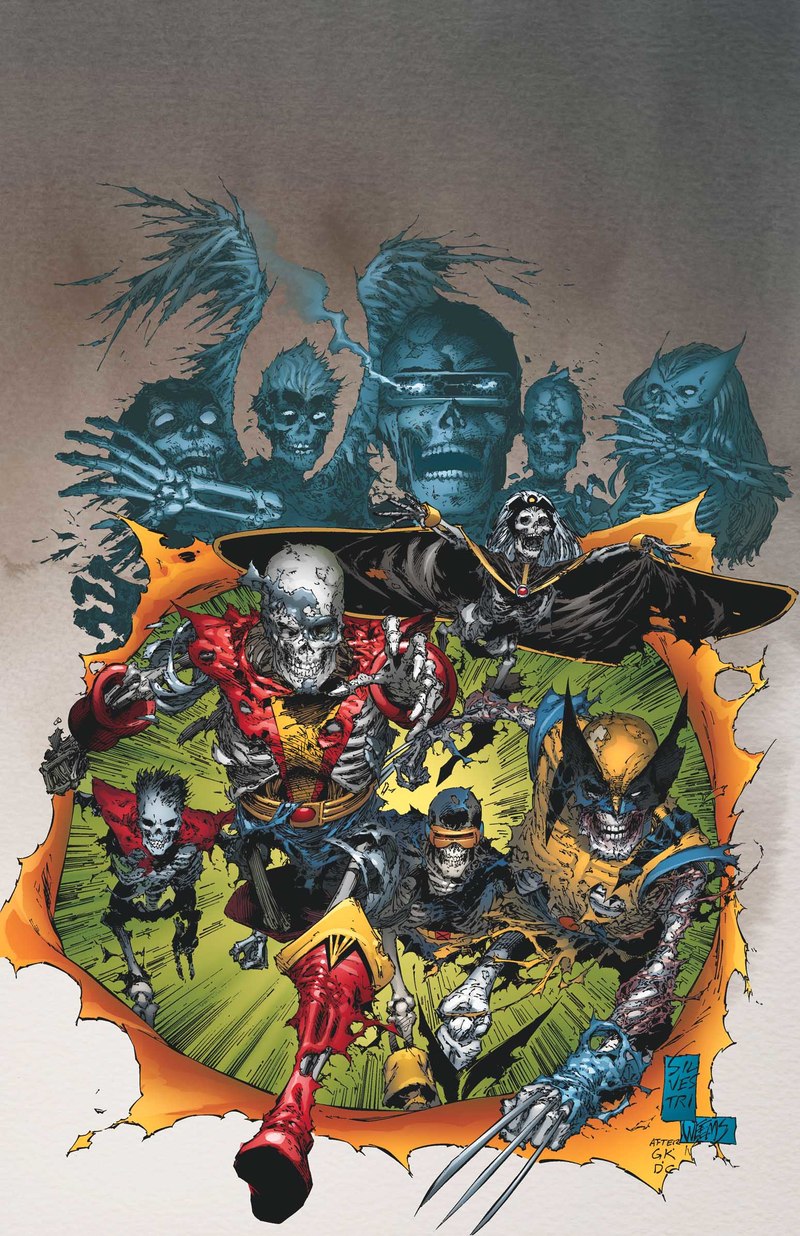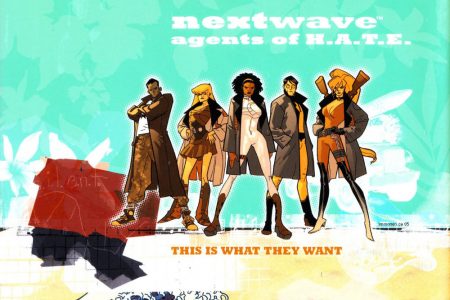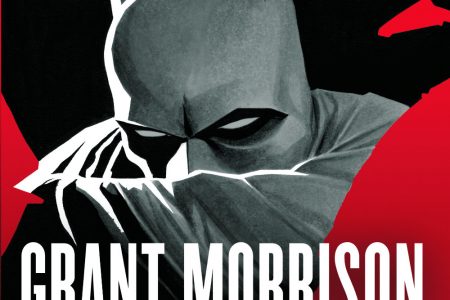X-Men: Deadly Genesis #1–6 by Ed Brubaker and Trevor Hairsine
The continual nature of superhero comic books requires the necessity of the retcon to introduce new elements to the otherwise static nature of the narrative. In the early days, continuity wasn’t a big deal; it was the development of the fan (and writers who were fans) that led to its blossoming. Now, the only aspects about the retcon that matters are whether it is done well and if it provides a new angle that is genuinely interesting. Alan Moore retconned Swamp Thing – this led to the creation of the DC imprint, Vertigo. John Byrne tried to retcon Spider-Man’s early years, something everyone is trying to forget. (Byrne might be a special case in retcons: he enjoys telling stories from within established histories – X-Men: The Hidden Years, Marvel: Lost Generation, and famously rebooted Superman in the 1980s.)
X-Men: Deadly Genesis is a retcon – in order for Brubaker to set up his new storyline in the X-Men, this mini-series was devoted to introducing Vulcan, the third sibling in the Summers family. In the original Giant-Size X-Men #1, the first X-Men team is rescued from Krakoa, the Living Island, by the second team of X-Men (including Wolverine, Colossus, Nightcrawler, Storm, Banshee). However, Deadly Genesis reveals how Vulcan was the leader of the actual second team who were sent to rescue the first team, only for them all to die (with the exception of Vulcan, who survived in space by absorbing the powers of his team-mates, only resurrected by the events at the end of the House of M). Xavier mind-wiped any knowledge of this from anyone who knew, and sent the next team of X-Men into the fray.
The construction of this retcon is done well. Brubaker has done his homework and made the narrative transition smooth (well, as smooth as possible for a ‘everything you know is wrong’ story). However, whether or not it is worth it is up to debate. The story doesn’t really add anything to the mythos (beyond introducing Vulcan for the ongoing series) and takes a long time to do it; six issues seems padded, made even more so by the back-up strips telling us about the fateful members of Vulcan’s team – they are ciphers in Vulcan’s story, so they are pointless (if well-told) tales.
Other aspects of the story don’t sit well after reading. The ‘death’ of Banshee (I am reminded of the Peter David line: “Sometimes it seems that in mutant heaven, there are no pearly gates, but instead revolving doors.”) seems gratuitous, seeming to be there only to provide weight to the story. Xavier’s actions don’t seem entirely in character, and Vulcan doesn’t seem a particularly interesting character after all this build-up.
The comic isn’t helped by the inconsistency of the art – Hairsine (whose artwork reminds me of a grimy Bryan Hitch) provides full pencils for only the first two issues, leaving inkers (notably Scott Hanna) to do the legwork in the remaining four issues.
Brubaker is a great writer, and I wish him success with his tenure with the X-Men, but he hasn’t done anything with this story (albeit well crafted) to make me go back to reading the X-Men.




